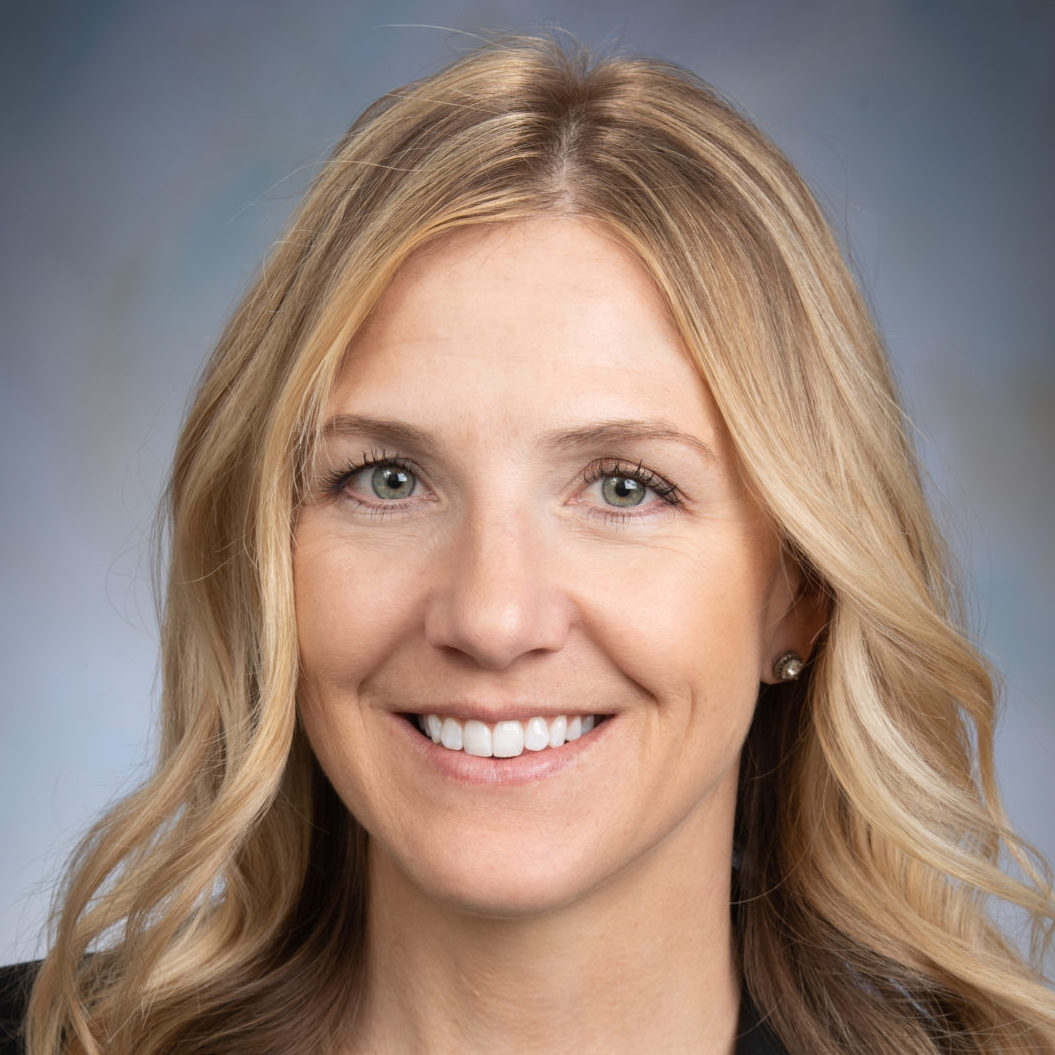The cancer survivorship journey can have many components, but one of the most important is regular exercise. Physical activity for individuals who have completed cancer treatment can build stamina, reduce anxiety, improve quality of life and physical fitness, and even improve survival outcomes.
“Many people living with cancer are living for a very long time because we do such a good job at treating cancer now,” says CU Cancer Center member Heather Leach, PhD, associate professor of health and exercise science at Colorado State University and director of the Physical Activity for Treatment and Prevention Lab. “Therefore, we also need to be concerned about the risk of other chronic diseases like diabetes and heart disease, which we know is also reduced with exercise.”
Exercise is so critical in the survival journey that several short-term fitness programs have been created specifically for cancer survivors, including the CU Cancer Center’s own BfitBwell program, as well as the Fit Cancer program at CSU and the Livestrong program at the YMCA. However, for a large number of survivors, the fitness journey ends as soon as the classes do.
“We know that interventions and programs like Fit Cancer, BfitBwell or Livestrong are really successful at helping cancer survivors increase their activity and achieve positive health outcomes while they are in the program,” Leach says. “Unfortunately, once the program ends, some people have a difficult time maintaining their physical activity levels. It can be challenging to achieve the same level of physical activity when we remove a lot of the support and resources that existed during the program.”
Interventions to keep survivors active
In a new study funded by the National Cancer Institute, Leach will investigate the issue further, looking for the best ways to keep cancer survivors active after their fitness program ends.
“What can we do to support continued exercise after a program ends to help the people that need it?” she says. “We want to identify people who are not responding well in terms of physical activity and behavior change. Some people do respond really well — the program is a catalyst for long-term behavior change, and they’re doing great. So how can we maximize efficiency in terms of resources and the effectiveness of an intervention to target the people who need it the most?”
Working with three community-based exercise programs — the Fit Cancer program at CSU, a Livestrong program at the Longmont YMCA and Surviving and Thriving After Cancer at Ivinson Memorial Hospital in Laramie, Wyoming, Leach and her collaborators will follow survivors after their exercise programs end, following up at three- and six-month intervals to see what additional intervention is needed for those whose physical activity has dropped.
“The lowest level of intervention might be a phone call once a week, just to check in and ask if they’re meeting their activity goals,” Leach says. “The next level might be a phone call and having them come in to do an exercise session with a trainer. The third level might be a phone call, a group-based counseling session, and in-person exercise with a trainer.”
Push in the right direction
For the first two years of the grant, Leach and her co-researchers — including CU Cancer Center member Angela Bryan, PhD, professor of psychology and neuroscience at CU Boulder — will work to solidify their relationships with the exercise programs. They plan to start enrolling participants in the third year, at which point the work will begin on the intervention to help survivors maintain activity levels.
“Our hypothesis is that those who are not responding in terms of meeting activity goals, or those who have decreased their activity levels from where they were at post-program, will benefit from additional intervention to achieve recommended physical activity levels at the six-month followup,” Leach says.
Long-term maintenance of physical activity has long been a research interest for Leach, and at the Physical Activity for Treatment and Prevention Lab she regularly studies sustainability of behavior changes and what types of interventions do the best job of keeping people active.
“We hear from participants who have completed programs like Fit Cancer, BfitBwell or other community programs who say, ‘I was doing so well.’ And then the program ended, and life happened,” Leach says. “It sparked this question in me: ‘How can we be more tailored in our approach to physical activity maintenance?’”




